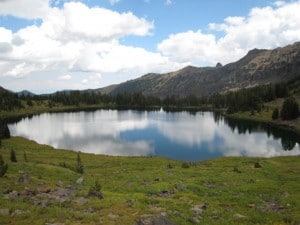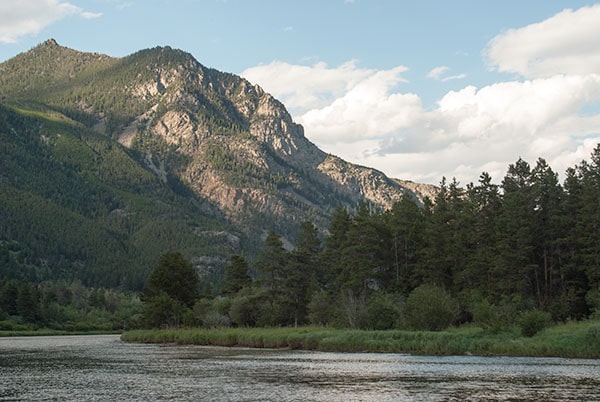
Over the last few weeks, we have watched a gang of self-styled revolutionaries take over the Malheur National Wildlife Refuge in Oregon. In addition to trespassing on public lands, these criminals have destroyed government property, ransacked government files, driven government vehicles and caused local schools to be closed.
The Malheur occupiers have attempted to justify their actions with a political agenda that includes turning the refuge and other public lands over to private ownership. Their anti-government rhetoric has been accompanied with bizarre demands for the delivery of vanilla coffee creamer, chewing tobacco and board games.
The national media have been unable to resist this combination of brazen lawlessness, political rhetoric and comedy. Some have been far too willing to believe the simple – but false – story that the Malheur gang represents widespread discontent with public land management.
The Malheur occupiers are far from a “rising tide” of grassroots sentiment. The leaders of this gang are not even from the local community; many of them hail from places like Ohio, Florida and Tennessee. Far from representing Western opinion, they are just a group of free-roaming political activists who took their fight to one unsuspecting community.
Nonetheless, some enterprising politicians are using the media circus around the Malheur occupation as an opportunity to revive an agenda to transfer national forests and other public lands to state control.
We’ve heard this rhetoric before. During the 2015 Legislature, numerous bills were introduced to support the state takeover of public lands. These bills got a fair hearing and all of them were defeated. Why? Because of overwhelming public opposition. Montanans know that transferring millions of acres of public land from one bureaucracy to another won’t solve any management problems. It is political snake oil that would reduce public access and bust the state budget.
Public land management is complex. It is difficult to balance competing interests and support local economies, protect wildlife habitat and ensure public access. Since the first national forests were created more than a century ago, land managers and local communities have put a lot of hard work into meeting everyone’s needs.
Over-heated political rhetoric and unworkable schemes don’t give us real solutions. Instead of the political grandstanding, we need to sit down, roll up our sleeves and support real solutions.
First, we need to support collaborative efforts that bring people together to find common ground. There are plenty of great examples around Montana. Last year, the Rocky Mountain Front Heritage Act implemented a land management proposal developed by conservationists, ranchers and local communities. Similar place-based efforts are underway in the Blackfoot-Clearwater basins, the Beaverhead-Deerlodge and Kootenai National Forests, among others. Bringing local people together is how we manage resource development, protect wildlife habitat and preserve public access.
To complement local efforts, we need our elected officials to continue to work to pass bipartisan, common-sense policies at the national level. The Land and Water Conservation Fund is a widely supported program that funds land acquisitions that consolidate federal ownership, improve access and streamline management. The program needs to be permanently authorized and fully funded.
Changing the ways the U.S. Forest Service pays for wildfire funding would free up funds for other necessary public land management, restoration and conservation programs. These reforms also enjoy bipartisan support.
We should have zero tolerance for the lawbreakers at Malheur. Sooner or later, they need to be held accountable. Our elected leaders need to remember that Montanans cherish our federal lands and overwhelmingly support keeping public lands in public hands.
Kathy Hadley lives in Deer Lodge. She is a life-long hunter and angler and the current president of Montana Wildlife Federation.



